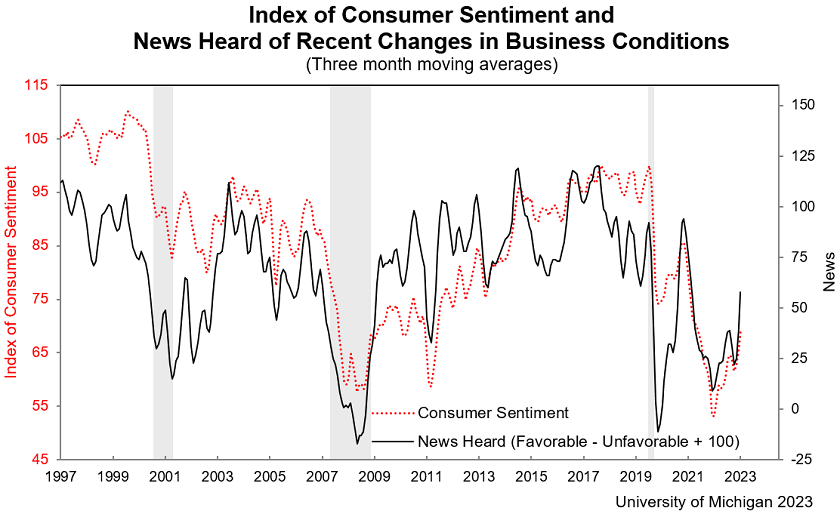The Value Creators Podcast: Episode #13. Ben Johnson On The Evolution of Software Entrepreneurship
It is evident that in today’s economy, AI & software are extremely powerful tools in business, creative pursuits, and innovation.
In this episode, Ben Johnson, co-founder of Particle41 and other successful software companies, joins to discuss the integration of AI from enhancing customer support to aiding software development, the ethical considerations of AI usage, and its simulation of empathy.
Resources:
Ben Johnson on LinkedIn
Knowledge Capsule:
Agile and Lean Methodologies in Software Development:
- The adoption of agile and lean methodologies in software development has enabled faster and more efficient processes.
- These methodologies involve iterative development, user feedback, and continuous improvement to align with market demands.
- Continuous adaptation and flexibility are crucial components, as they allow software to evolve according to user needs.
Action: Observe software development in action, and ask how you can transfer its methods to other parts of management.
Challenges and Rewards of Continuous Improvement:
- Embracing continuous improvement in software development requires a thick skin, humility, and openness to user feedback.
- While it can be intimidating and unstable, the process focuses on efficiently achieving business goals rather than merely creating perfect products.
- Businesses must be prepared to adapt and evolve software as long as it remains relevant to users’ needs.
Action: Make continuous improvement a commitment in all parts of business management. Set challenging goals and don’t be deterred.
DevOps and AI Integration:
- DevOps involves platform engineering and continuous integration/deployment, streamlining software development and deployment processes.
- Infrastructure as code and robust assembly line processes are key components of DevOps.
- AI, especially natural language processing, is being integrated into customer support and development workflows to enhance efficiency and provide novel solutions.
Action: Make use of DevOps experts like Particle41 for robust provision of digital operations.
Ethical Considerations of AI:
- Businesses must establish policies around AI usage, especially when sensitive or private information is involved.
- Integrating AI tools requires a thorough understanding of how they work to ensure quality control and ethical use.
- The use of AI for customer interactions and support should be accompanied by clear communication and expectations.
Action: A.I. is coming. Develop policies in advance.
Empathy and AI:
- While AI can simulate empathy through language patterns, it’s essential to understand that AI’s responses are correlated patterns rather than genuine emotions.
- AI’s capacity for simulating empathy and emotions is a tool, not an end in itself, and users should be educated on its limitations.
Action: Entrepreneurship is subjective, empathic, human-to-human. Use A.I. to help, but not for human-to-human understanding.
Innovation and Economic Changes:
- The current shift in venture capital dynamics could impact innovation and startup culture.
- Smaller companies might need to adopt cash flow-based models similar to historical entrepreneurship, favoring incremental growth and learning.
- Larger corporations could potentially support smaller startups to foster innovation, possibly through divisional startups or collaborations.
Action: The VC funding world often chases fashions and fads. You may have to spread your net wider for funding if you are not part of the current fad.
